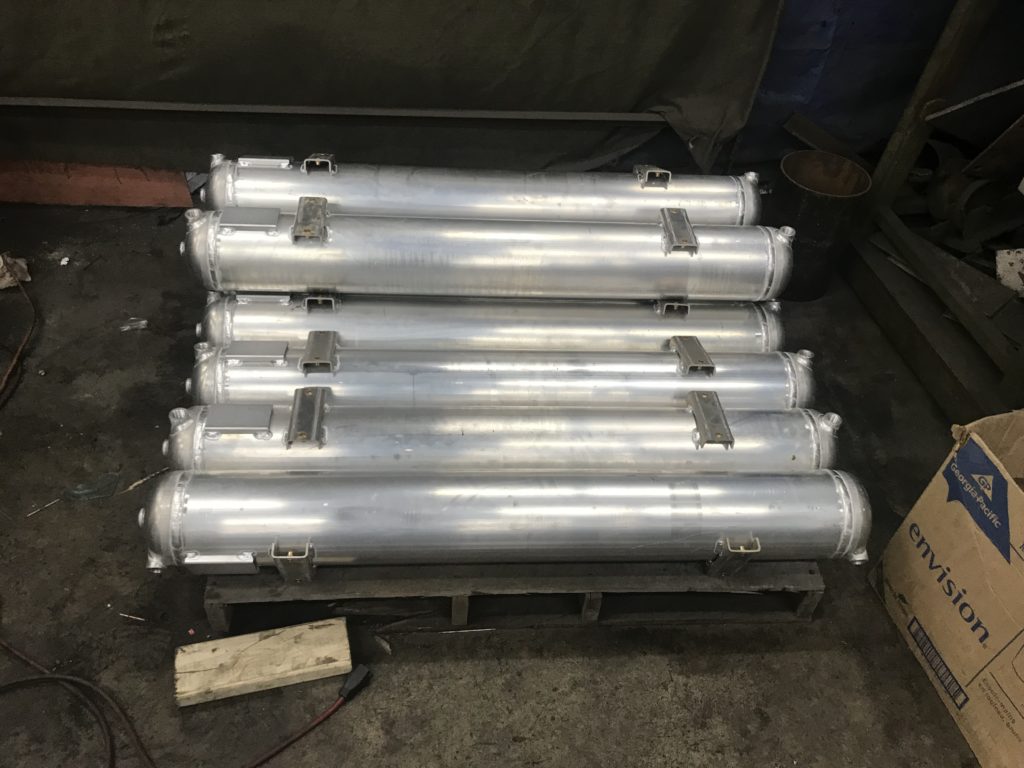Non Destructive Examination (NDE)

West Warwick Welding offers a wide variety of services that can be performed on any project that we fabricate. In addition to our in house services our NDE contractors are able to perform any of the following services.
Radiographic Testing (RT) is a nondestructive examination (NDE) technique that involves the use of either x-rays or gamma rays to view the internal structure of a component. Typically RT is used for the inspection of the longitudinal and circumferential weld seams on the pressure vessel.
Phased Array Testing is an advanced method of ultrasonic testing that has applications in medical imaging and industrial nondestructive testing. In the industrial field this technique is used to not only verify weld integrity, it can also be used to ensure that material does not have any deformations/imperfections that could cause problems with the vessel.
Ultrasonic Thickness Measurement (UTM) is a method of performing non-destructive measurement (gauging) of the local thickness of a solid metal basing on the time taken by the ultrasound wave to return to the surface. This type of measurement is typically performed with an ultrasonic thickness gauge.
Dye Penetrant Testing (DP), also called liquid penetrate inspection (LPI) or penetrant testing (PT), is a widely applied and low-cost inspection method used to check surface-breaking defects in all non-porous materials (metals, plastics, or ceramics).
Pressure (Hydro/Pneumatic) Testing is a way in which pressure vessels can be tested for strength and leaks. The test involves filling the vessel or pipe system with a liquid, usually water, which may be dyed to aid in visual leak detection, and pressurization of the vessel to the specified test pressure. Pressure tightness can be tested by shutting off the supply valve and observing whether there is a pressure loss. In addition to hydrostatic test West Warwick Welding can perform a Pneumatic test if the vessel is unable to have water due to any reason. A bubble test liquid is applied to all weld surfaces and then visually inspected for any leaks. Strength is usually tested by measuring permanent deformation of the container. Hydrostatic testing is the most common method employed for pressure vessels. Using this test helps maintain safety standards and durability of a vessel over time. Newly manufactured pieces are initially qualified using the hydrostatic test.
Positive Material Identification is the analysis of a metallic alloy to establish composition by reading the quantities by percentage of its constituent elements. Using our XRF gun West Warwick Welding is able to review material composition of alloys that are received and compare to provide MTR’s to ensure that documentation is correct for our customers.